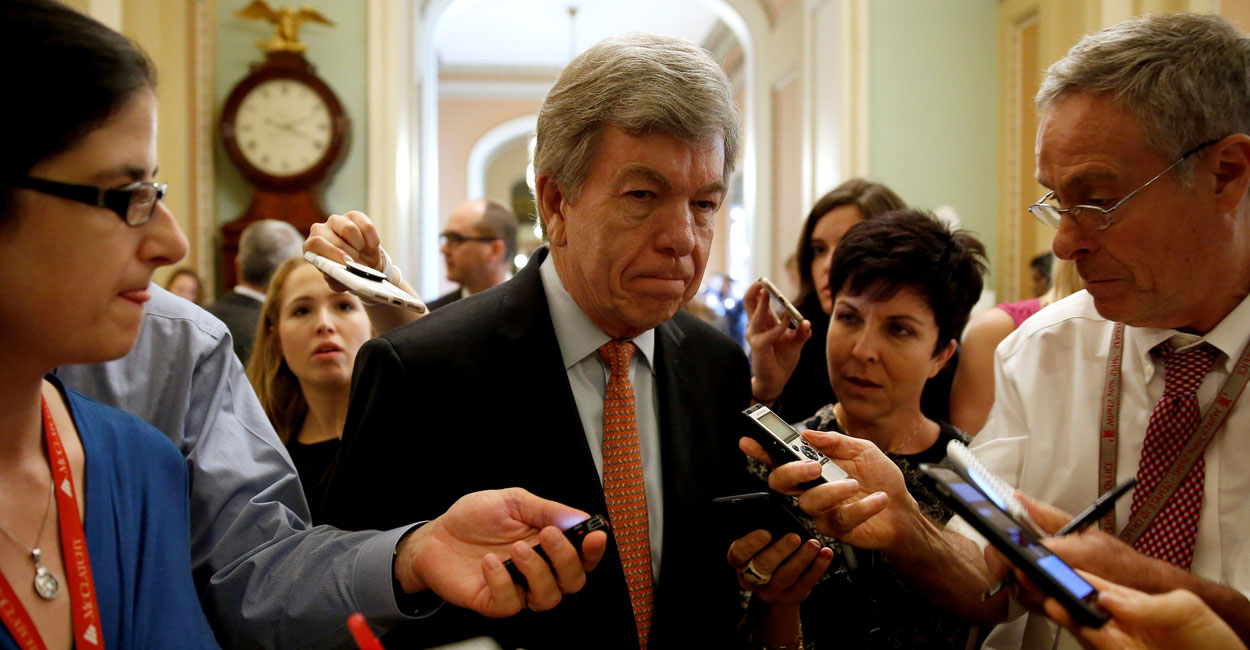For most Americans, $351 million is serious money. The median worker earns $45,708 per year, which means it would take 7,679 average earners to reach $351 million.
But for Congress, $351 million is an afterthought. This is the amount that Congress has voted to spend on Pell Grants in addition to the budget-busting deal agreed to earlier this year, and on top of the billions spent on other budget gimmicks.
In the $855 billion funding bill the House passed Wednesday for the departments of Defense, Labor, Health and Human Services, and Education, there is a provision that would increase the maximum Pell Grant award for college students from $5,035 to $5,135.
Pell Grants are funded through a combination of discretionary funds, which Congress has to approve each year, and an add-on that is permanent and rises if Congress increases the discretionary portion. Once this occurs, the Congressional Budget Office considers the new higher total part of its “baseline” for future years and adjusts its spending expectations to accommodate the new higher rate.
Adding the $100 to the maximum Pell Grant will increase the mandatory add-on by $39 million per year. It will count against the spending caps this year, since it is done through the appropriations process. But in future years, the entire $351 million of discretionary and add-on spending will not be counted, which means the deficit would increase.
The complex accounting of Pell Grants was addressed at greater length in a recent Budget Bulletin released by the Senate Budget Committee. Unfortunately, the bizarre way in which programs such as Pell Grants are funded makes them harder to understand, and this confusion serves to insulate the programs from criticism.
When the Senate first voted on the legislation in August, Budget Committee Chairman Michael Enzi, R-Wyo., opposed the Pell Grant provision because it would raise the deficit, but Sen. Pat Leahy, D-Vt., moved to waive the budget rules. The Senate approved Leahy’s motion by a vote of 68-24.
Senators could have designated in the legislation that the increase be good for just one year and force Congress to vote for it on a year-by-year basis and to count it against the budget caps. But Sen. Roy Blunt, R-Mo., who was in charge of the Labor-Health and Human Services-Education spending legislation, declared the increase was “in line with the kind of increases we have had now for the last 12 years in a row” and did not include it. How “12 years in a row” serves as an excuse to trample fiscal discipline was not made clear.
In fact, the funding mechanism for the Pell Grant program is in dire need of reform, as Mary Clare Amselem of The Heritage Foundation explained:
Congress should review the Pell Grant program annually and appropriate funds based on the needs of the current population. In addition, Congress should restore Pell Grant funding to discretionary appropriations in their entirety to ensure that these grants are narrowly tailored to serve the neediest students.
In relation to a nearly $1 trillion spending bill, a national debt that has soared into the tens of trillions of dollars and future liabilities several times that amount, $351 million is relatively small. Yet the fact that a Republican-controlled Congress seems incapable of reining in this type of spending bodes poorly for much tougher problems looming over the horizon.
It also shows that too many members ignore the human cost of government spending. Taxpayers across the country will have to cover the cost of the Pell Grant increase with interest.
For example, $351 million is greater than the combined annual income of everyone in Lewis County, Missouri. Is a year’s work for an entire county too small an amount for Blunt and the Senate to worry about? If not, they should not be so casual about dismissing budgetary rules.
